Market Analysis
In-depth Analysis of Myocardial Ischemia Market Industry Landscape
The myocardial ischemia market targets one situation where the blood flow to the heart is restricted leading to shortage of oxygen. This becomes a market with diagnostic tools, treatments, and continuing research to help address the intricacies of the myocardial ischemia. The global burden myocardial ischemia is shared. It is definitely seen that various factors like hypertension, diabetes and lifestyles are building risks causing ischemic heart disease and as a result the changes in dynamics of market are hugely affected. Myocardial ischemia market is reliant on diagnostics innovations. Simple non-invasive tests of assessment of pathogenetic changes and stimulation to acquire the necessary information in timely manner, are represented by electrocardiography (ECG); stress testing; as well as advanced imaging modalities, like cardiac MRI and CT angiography. Diagnosis of myocardial ischemia is greatly dependant on the presence of biomarkers such as troponins and CK-MB. The continued research to identify new Biomarkers offering better diagnostic accuracy with some prognostic benefit drives the market. Being a part of the pharmacological market segment, medications that help in managing myocardial ischemia are highlighted. Symptomatic relief as well as decrease in ischemia, and better maintenance of general heart health are achieved through the administration of antiplatelet agents, beta blockers, nitrates, and statins. Myocardial ischemia market includes interventional cardiology procedures such as angioplasty and stent placement which are very significant part of the market. By unclogging the arteries, these interventions return badly needed high-pressure flow to the heart muscle, relieving ischemic symptoms and preventing further cardiac damage. In cases of severe symptoms of myocardial ischemia, coronary artery bypass grafting (CABG) is an invasive option. New technologies in surgical techniques such as minimally invasive surgeries also drive the market owing to higher patient outcome and faster recovery times. The technological fundamental driven are reflected by the progress in implantable devices, such as defibrillators and remote monitoring systems; which are indicative of the market forces. These improved aspects help in implementing proper management and also provides personalized care to patients with myocardial ischemia. Market forces encompass patient education pertaining to lifestyle changes and risk factor management. Lifestyle modification with dietary alterations, exercise and smoking cessation take a central role in the comprehensive myocardial ischemia management approach. In the myocardial ischemia market, telemedicine and remote monitoring solutions are growing in importance. These technologies ensure tracking of patients throughout, diagnose ischemic events at an early stage and aid interventions. The cooperation between the pharmaceutical companies, the research institution and the health care facilities is basically important in establishing treatment options for myocardial ischemia. Continued clinical trials aim to develop novel therapies and optimize current treatment regimens.
The problems facing the myocardial ischemia market are such as how individual patients answer to treatment, personalized medication and burden it is to be treated by the cardiovascular diseases. The outlook for the future involves responses to such challenges using precision medicine, research continuation, and the adoption of the everybody’s health is everybody’s responsibility’ approach to cardiovascular health.

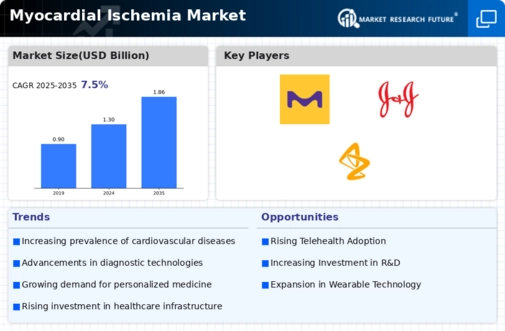

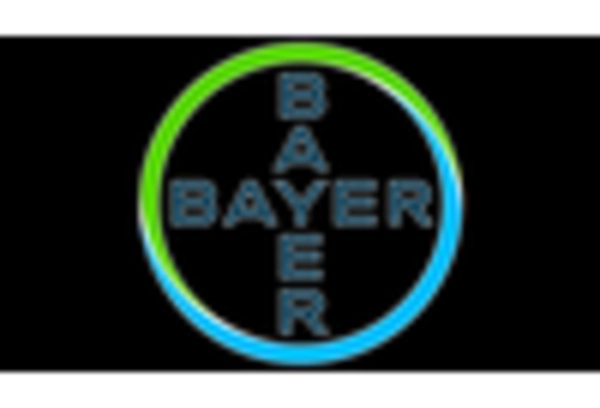
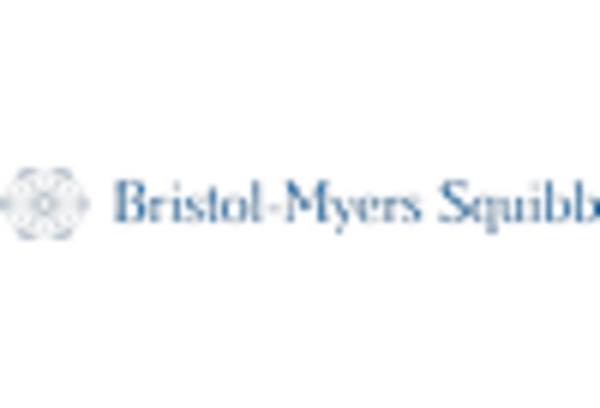

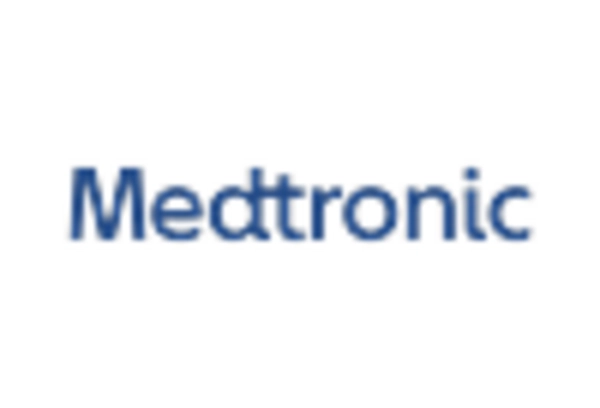
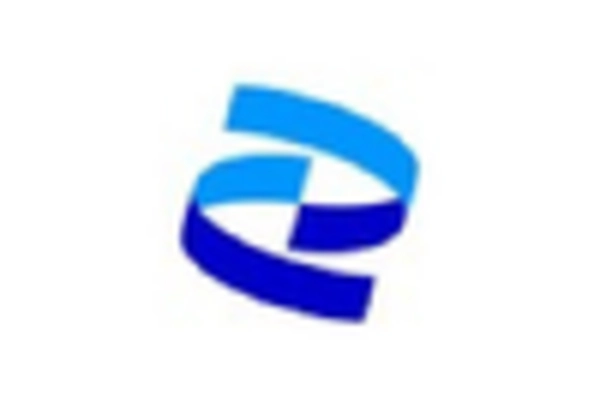









Leave a Comment